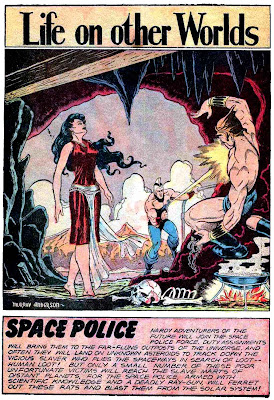Scientists have ruled out the possibility that methane is delivered to Mars by meteorites, raising fresh hopes that the gas might be generated by life on the red planetMethane has a short lifetime of just a few hundred years on Mars because it is constantly being depleted by a chemical reaction in the planet's atmosphere, caused by sunlight. Scientists analysing data from telescopic observations and unmanned space missions have discovered that methane on Mars is being constantly replenished by an unknown source and they are keen to uncover how the levels of methane are being topped up.
Researchers had thought that meteorites might be responsible for Martian methane levels because when the rocks enter the planet's atmosphere they are subjected to intense heat, causing a chemical reaction that releases methane and other gases into the atmosphere.

This leaves only two plausible theories to explain the gas's presence, according to the researchers behind today's findings. Either there are microorganisms living in the Martian soil that are producing methane gas as a by-product of their metabolic processes, or methane is being produced as a by-product of reactions between volcanic rock and water. link
Ref.: Investigating the contribution of methane produced by ablating micrometeorites to the atmosphere of Mars. 2009. Richard W. Court & Mark A. Sephton. Earth and Planetary Science Letters: 288: 382-385.



















































